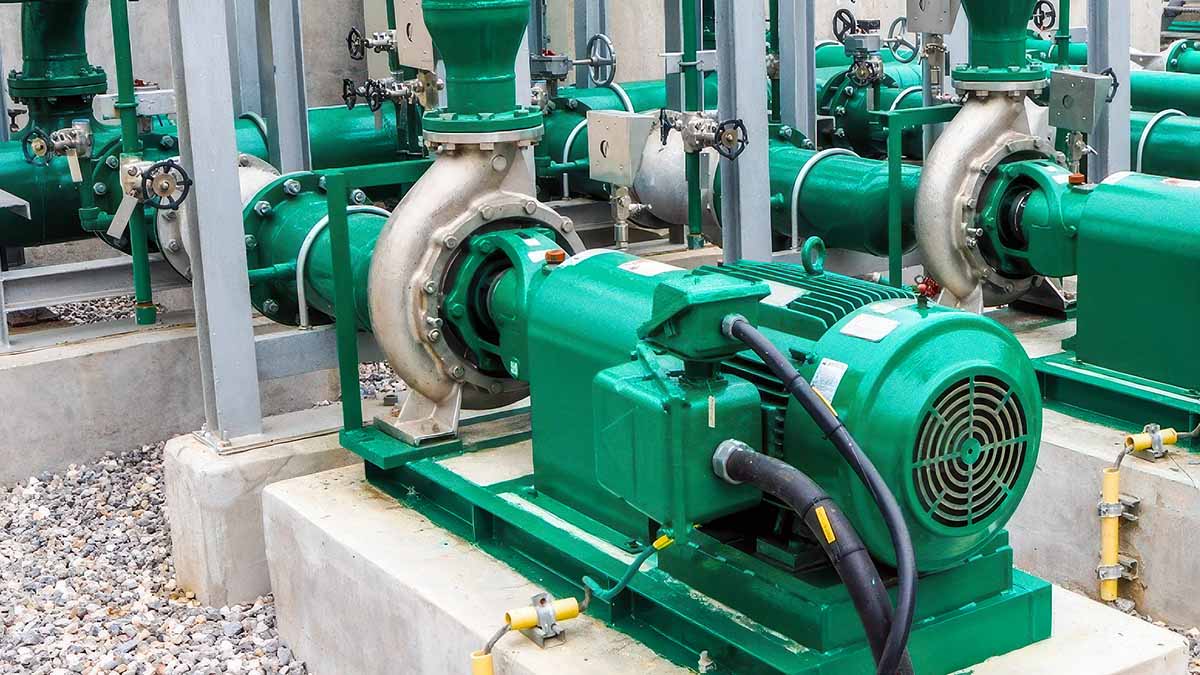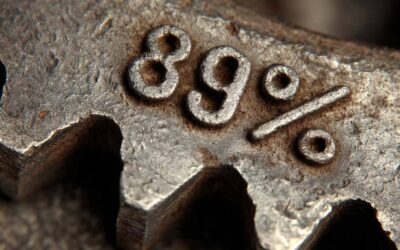Centrifugal pumps are reliable workhorses, but even these assets can behave unpredictably in the field. When they do, basic troubleshooting charts fall short.
These pumps are the most common type of process pump in use today. They are frequently the pump design of choice due to their design simplicity, high efficiency, wide range of available flow and head designs, smooth flow performance, and ease of operation and maintenance. Their widespread use is a testament to their cost-effectiveness and mechanical reliability.
In most applications, they provide years of reliable operation between repairs. However, during my time in industry, I have witnessed centrifugal pumps that were problematic for a multitude of reasons. Often, pump problems are caused by either abnormal pump wear, pump assembly issues, or unexpected interactions between the pump, driver, piping, valves, and controls.

Figure 1: Process operator inspecting a centrifugal pump in the field.
Basic troubleshooting matrices are too limited in scope to identify complex or uncommon centrifugal pump situations. A simple matrix approach restricts the users to a limited number of common root causes.
The real world is much more complex and can stump even the most seasoned pump professional with rarely seen root causes. Advanced pump professionals need to have a troubleshooting methodology that can dig deeper into field problems.
In general, a troubleshooter must first detect an unwanted symptom (See Figure 1), such as a high temperature, low flow condition, high vibration level, etc., and then identify possible causes of the symptom. The troubleshooter must then try to determine the most likely cause related to the observed symptom and determine the most cost-effective means of correcting the systemic deficiency.
An observed deficiency may be caused by pump degradation, a repair error, a design error, an installation error, a control problem, a processing error, or a pumping system issue. Often, troubleshooting is an iterative process where the machinery professional must interpret field data, postulate the possible cause, make a correction, and then see if the correction was effective or not.
If the symptom persists, then the troubleshooter must try another correction aimed at eliminating the symptom. In complex or rare situations, the pump manufacturer may have to be consulted.
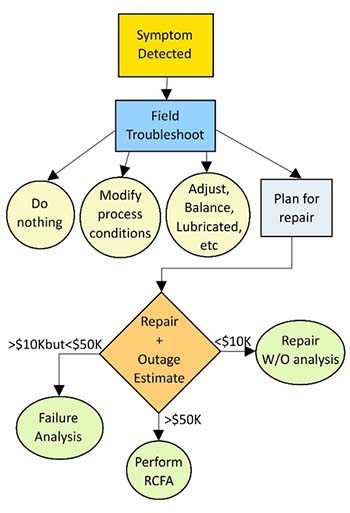
Figure 2: General Troubleshooting Decision Tree. Note: Every site should set their own failure analysis trigger levels based on repair costs. These trigger levels need to be periodically modified for inflation and changing business conditions.
It is possible, the initial troubleshooting efforts will discover that a “field correctable” issue is the cause of the observed symptom (Figure 2).
In these cases, you may be able to simply modify the process conditions, make a machine adjustment, or do nothing in situations where the symptoms are deemed acceptable for long-term operation. However, if it is found that the field condition is not “field correctable,” then a repair will be required.
My hope is that sites that choose to use my book, Troubleshooting Centrifugal Pump Field Problems, will develop their own troubleshooting decision tree, similar to Figure 2, which will eliminate unnecessary repairs by guiding field personnel through a proven field troubleshooting process [1].
Tailoring RCFA Efforts to Repair Cost and Risk
If a repair is found to be required (Figure 2), then the site must decide what level of failure analysis is required. Most reliability groups employ a multilayered approach to pump failure investigations. The actual analysis level is determined by the economic value (or perceived risk level) of the outage and repair. Here are three economic break points that I have used during my career:
Level “A” Failures
This is the highest investigation level required for a major equipment failure when repair costs more than $50,000* are incurred. There may be other factors triggering a level “A” investigation, such as a safety event, a major environmental release event, or an extended unplanned production outage. A Level “A” failure requires that a detailed RCFA (root cause failure investigation) be conducted to uncover the root cause of the failure [1,2]. A level “A” RCFA usually requires:
- A team effort, involving engineers, technicians, operators, etc., and results in a detailed report.
- The team may take weeks to gather and analyze data and then finalize their findings and recommendations.
- Team findings are usually transmitted to upper management level.
Level “B” Failures
These investigations are conducted by a Reliability Engineer or Technician and result in a shorter, less detailed report than a Level “A” RCFA report. A Level “B” failure investigation is usually prompted by a failure costing more than $10,000* but less than $50,000*. Sufficient investigation is required to uncover the cause or causes of the failure and provide recommendations to avoid similar future failures. Findings will be transmitted to the site or area management level and saved in the equipment history database.
Level “C” Failure Investigations
These are brief failure investigations conducted by craftsmen. Typically, level “C” analyses are conducted whenever repair costs are less than $10,000* on spared (non-critical) rotating machinery, such as pumps, induction motors, and general-purpose steam turbines. Level “C” reports should include the names of the mechanics performing the work, the date the repair was done, a description of any damage found, photos, and a list of the parts replaced. The final report should be entered into the equipment file or database for future reference.
Note: Dollar trigger levels shown here are only provided at hypothetical levels for illustration purposes. Site management should determine appropriate trigger levels based on their experience.
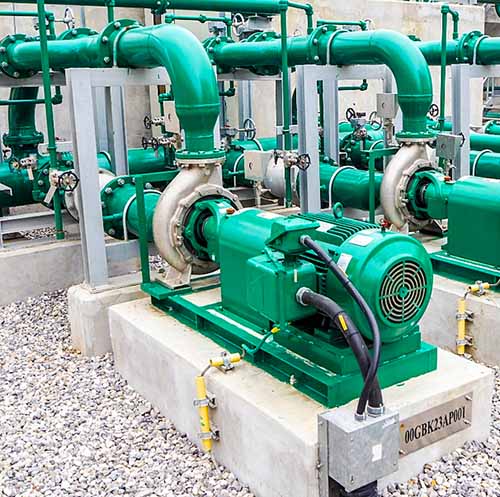
Figure 3: Centrifugal pump with a fully flooded suction.

Figure 4: Centrifugal pump with a suction lift configuration
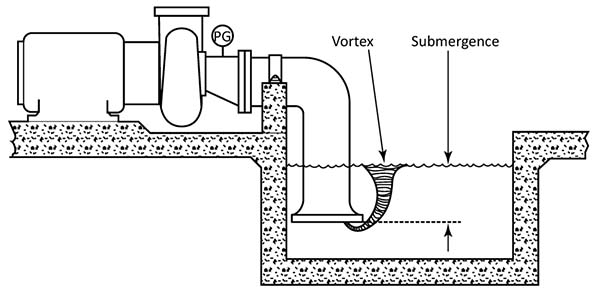
Figure 5: Centrifugal pump with a submerged inlet
If you conduct centrifugal pump field assessments or are responsible for maintaining the integrity of centrifugal pumping systems, please consider my Troubleshooting Centrifugal Pump Field Problems book.
You will find specific troubleshooting advice for commonly encountered pump suction configurations, such as those with fully flooded suctions (Figure 3), lift suctions (Figure 4), and submersed suctions (Figure 5). The first step in troubleshooting a centrifugal pump should be determining the type of suction system it is employing, because each of these pumping configurations has unique performance characteristics that users need to be aware of during their evaluation.
Empower your field personnel to conduct their own pump field assessments by exposing them to the troubleshooting methods outlined in this book. Soon, they will begin to see their pump problems differently and improve their chances of uncovering the true cause or causes of the observed symptoms in a timely manner. The results of empowering site personnel with these new troubleshooting skills will be greater pump availability and lower repair costs.
Book Review
“I’ve known Robert Perez for more than 30 years, and I can say with certainty—there’s no one better when it comes to demystifying rotating machinery. His new book, Troubleshooting Centrifugal Pump Field Problems, isn’t just a helpful guide—it’s a field-level roadmap for solving real-world issues that often stump even experienced professionals.
What I appreciate most is how Robert blends structured methodology with hard-earned, practical insight. This book empowers frontline personnel to see beyond symptoms, ask better questions, and take decisive, effective action.
If you manage or troubleshoot centrifugal pumps, this belongs on your desk—not your bookshelf.”
— Drew D. Troyer, CRE, CEM
Global Asset Management Leader | Author | Speaker

